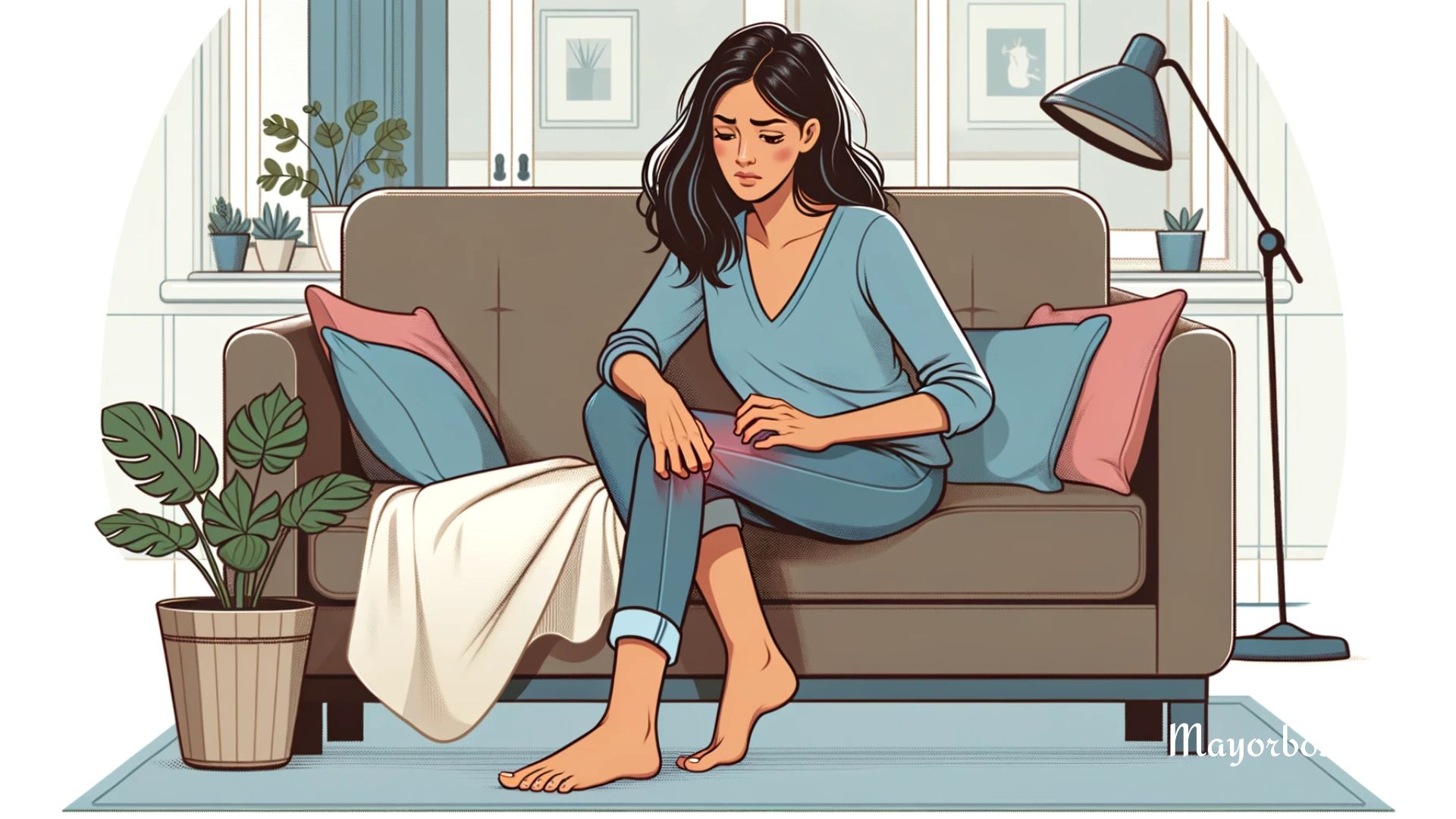Don’t Ignore Itchy Skin! It Could Be a Blood Clot
Itchy skin can be a nuisance, a symptom of a common condition like dry skin or eczema, or a sign of something more serious. While rare, persistent itchy skin can be an indicator of a blood clot, a potentially life-threatening condition.

Blood Clots: A Silent Threat
A blood clot occurs when blood thickens and clumps, forming a solid mass inside a blood vessel. These can develop in arteries or veins, impacting blood flow and potentially leading to severe complications. Deep vein thrombosis (DVT) occurs when a clot forms in a deep vein, typically in the legs, thighs, or arms. A pulmonary embolism (PE) happens when a clot breaks off and travels to the lungs, obstructing blood flow and oxygen supply.
Itchy Skin: An Uncommon Sign
Itchy skin, while not a typical symptom of blood clots, can occur due to the impaired blood flow caused by the clot. This can trigger irritation and inflammation in the affected area, leading to itchiness. While not a definitive indicator, persistent and unexplained itchiness, especially when accompanied by other symptoms, should raise suspicion and warrant medical attention.
Beyond Itchiness: Recognizing the Signs
While itchy skin can be a red flag, other symptoms can help paint a clearer picture and strengthen the possibility of a blood clot. These include:
- Swelling: Noticeably swollen limbs, particularly in the legs or arms, often accompany DVT. This swelling may be accompanied by warmth, redness, and pain.
- Pain: A dull, throbbing pain in the affected area can be a symptom of a blood clot. This pain may come and go or be persistent.
- Discoloration: The skin over the affected area may change color, appearing reddish, bluish, or purple. This indicates impaired blood flow and tissue damage.
- Shortness of breath: This symptom, particularly in association with other signs, suggests a potential PE. This is a medical emergency and requires quick medical attention.
Prompt Action: Early Diagnosis and Treatment
If you experience persistent itchy skin along with other symptoms concerning it, seeing a doctor immediately is crucial. Early diagnosis and instantaneous treatment are critical in preventing potentially life-threatening complications. Your doctor will assess your symptoms and medical history and perform a physical examination. Further tests, like an ultrasound or blood test, may be ordered to confirm the presence and location of a blood clot.
Individualized Treatment Plans
The treatment approach for a blood clot will depend on its location, severity, and overall health. Standard treatment options include:
- Blood thinners: Medications like heparin or warfarin help prevent further clotting and decrease the risk of complications.
- Compression stockings: These stockings apply pressure to enhance blood flow in the legs and lessen swelling.
- Surgery: In some cases, surgery may be required to remove a blood clot or repair damaged blood vessels.
Prevention: Your First Line of Defense
While not always preventable, several lifestyle habits can strongly decrease your likelihood of developing blood clots. These include:
- Regular exercise: Engaging in physical activity helps keep blood flowing smoothly and decreases the odds of clots.
- Maintaining a healthy weight: Excess weight puts additional strain on your circulatory system and increases the risk of clot formation.
- Quitting smoking: Smoking typically damages blood vessels and increases blood viscosity, contributing to higher clot risk.
- Avoiding prolonged sitting or lying down: When inactive for extended periods, blood flow slows down, creating an environment conducive to clot formation.
- Staying hydrated: Drinking plenty of water helps keep blood thin and reduces the risk of clotting
